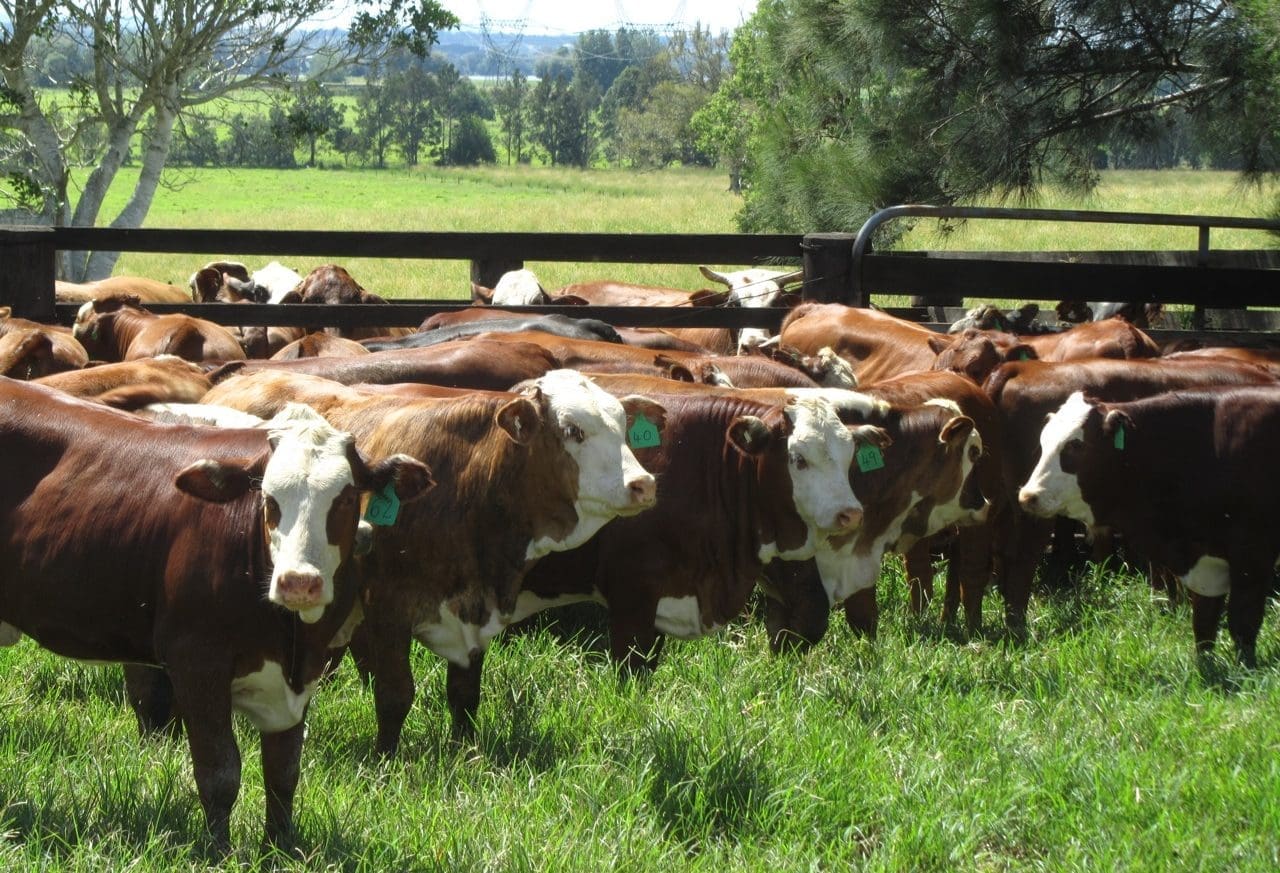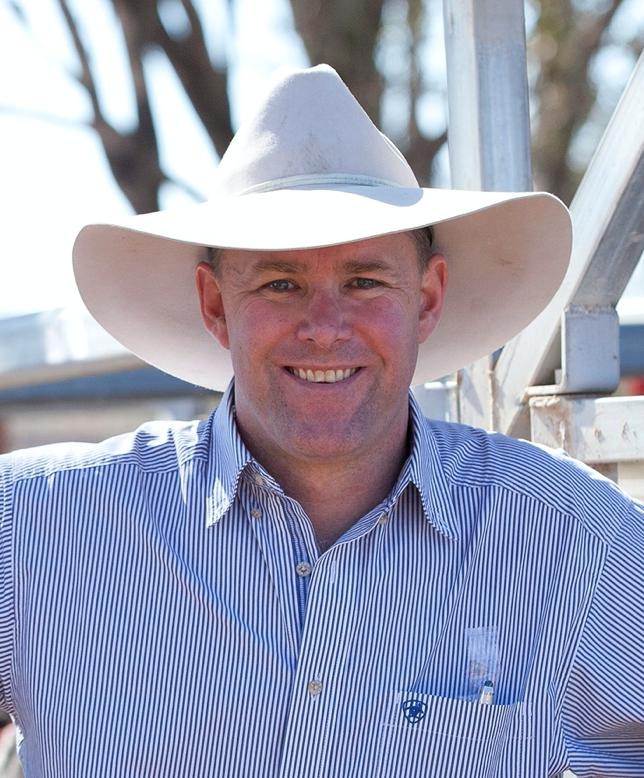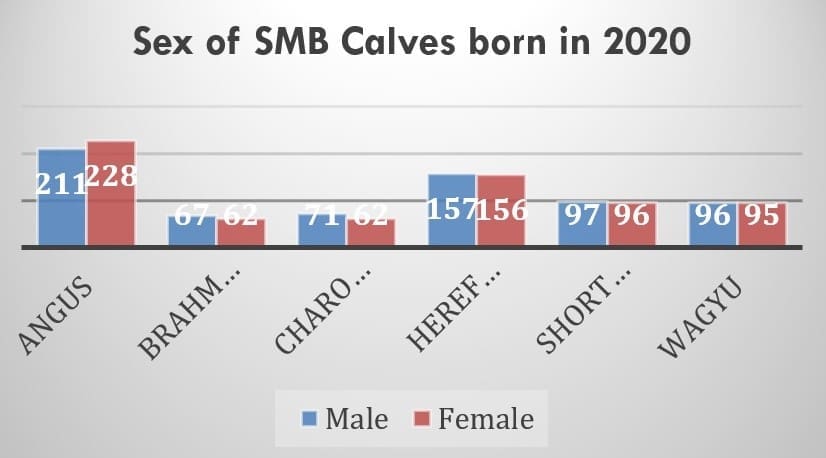
ONE of the ongoing challenges for producers seeking to make informed breeding decisions across multiple breeds is the limitation of Breedplan EBVs to within-breed comparison.
For many producers, this limitation has often been cited for delaying decisions to implement crossbreeding programs or to make comparisons about sires that may suit a breeding objective more effectively.
Addressing these limitations is one of the key outcomes of the Southern Multibreed project, led by the NSW DPI, AGBU and the University of New England.
Commencing in 2019, this five-year project has been designed to bring together five temperate beef breeds (Angus, Hereford, Shorthorn, Charolais & Wagyu) and the Brahman breed in a breeding system in order to develop and enhance genetic predictions for these breeds.
The design of the project is based around widespread use of both artificial insemination and back-up natural matings, with the first generation of calves for the project being born in 2020 and the second group of calves now arriving.
A key part of the project design has been the use of the NSW DPI network of research stations which allows groups to be run in mixed breed groups across a range of environments.
There has been an extremely large number of sires used to breed the first generation of calves. A total of 154 sires were used across the six breeds in the project. The first year of calving saw 1398 calves born, which have subsequently been raised in mixed breed groups, with data collected to be used in subsequent Breedplan analysis.
The key traits recorded on this group commenced with birthweight, calving ease, calf fate, calf bellow and calf vigour. These were followed by additional data collection at weaning with weaning weight, hip height, muscle score, docility (crush-side and flight speed), horn/poll phenotype and worm egg count recorded.
The project design will see the steers born in 2020 backgrounded at one of two locations in the NSW DPI network before entering the UNE Tullimba feedlot for finishing, before slaughter and carcase data collection. The heifers generated in the project will be retained on their birth properties and will be joined naturally.
The intensity of data collection across this first generation of calves and subsequent generations is expected to both enhance current within-breed EBVs and providing data to make comparisons against animals from multiple breeds managed in mixed groups.
 Alastair Rayner is the Principal of RaynerAg, an agricultural advisory service based in NSW. RaynerAg is affiliated with BJA Stock & Station Agents. He regularly lists and sell cattle for clients as well attending bull sales to support client purchases. Alastair provides pre-sale selections and classifications for seedstock producers in NSW, Qld and Victoria. He can be contacted here or through his website www.raynerag.com.au
Alastair Rayner is the Principal of RaynerAg, an agricultural advisory service based in NSW. RaynerAg is affiliated with BJA Stock & Station Agents. He regularly lists and sell cattle for clients as well attending bull sales to support client purchases. Alastair provides pre-sale selections and classifications for seedstock producers in NSW, Qld and Victoria. He can be contacted here or through his website www.raynerag.com.au

